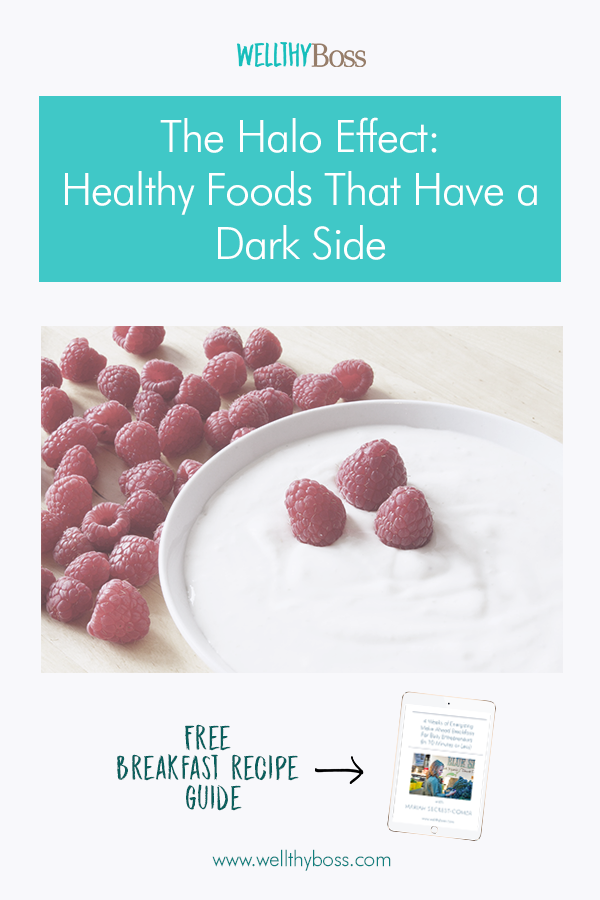
You work so hard.
You’re up earlier than you wish you had to be. You pour your heart and soul out for your family, friends, and clients.
You take care of your business, your team, your pets, your house (the list goes on). You try to stay organized, keep all the trains running on track, and have a smile on your face as you do it. (Well, most days.)
And on top of it, you’re working to be your PERSONAL best, too–adding more physical activity and subtracting some of the French fries.
In order to do all this, you often rely on making snap judgments as you balance all your daily responsibilities.

What’s unfortunate about that is that the commercial food industry knows that right now the health trend and eating clean are trendy. Sexy, even. Clean eating is hot! (Sounds like a hashtag to me!)
#cleaneatingishot
So why can that sometimes be a bad thing? Because the food industry often promotes and markets foods to look like they’re healthy, when in reality they’re sabotaging your efforts.
And the reason I want to educate you about some of these particular foods is not because I want to be a drill sergeant who’s worried about whether or not you drink orange juice, but because you’re trying to make healthier choices.
Maybe you’re trying to lose weight. You’re certainly trying to feel better.
You work too hard to undo your efforts on “health foods.”
Hey, if you’re going to blow some calories, at least let it be on something good (not on yogurt—lame).
Here are 5 different foods that you need to be cautious about.
#1. Yogurt
It’s a pet peeve of mine that marketing has trained people to think all yogurt is healthy. Ninety percent of yogurt is just contributing to excess body fat.
Most of us don’t realize that your typical flavored yogurt is packed with sugar. (And often with artificial flavors as well.)
Oikos, one of the popular brands has 19 grams of sugar in 1 little teeny individual serving. To put that into perspective, guess how many grams are in a Snickers bar? Just one gram more. There are 20 grams of sugar in a Snickers bar.
There are as many grams of sugar in a serving of flavored yogurt as there are in a candy bar.
(By the way, the American Heart Association really recommends that you cap your total sugar intake for the day at 20 grams of sugar, and that’s for adults. For children, it’s only 12 grams. I don’t know about you, but I’d rather spend that sugar on something like dark chocolate, not flavored yogurt.)
Now, there ARE some healthy ways to enjoy yogurt, which does have some inherent nutritional benefits after all. There are probiotics in yogurt, for example, which can help maintain proper digestive balance. Greek yogurt is also a great protein source.
But we want to be careful about how we do it. Even plain yogurt has lactose (milk sugar) occuring naturally, so we really don’t need to be adding sugar on top of it.
I recommend using plain unsweetened Greek yogurt.
If you’re using it for breakfast, or if you want something sweet, mix it with fresh fruits or berries. If you want something that’s a little bit more juicy and flavorful, to offset the tartness of the unsweetened yogurt, then make a compote out of frozen fruit (which I walk you through for the Peach Pie Porridge recipe in my Breakfast Recipe Guide.
It’s got some healthy fats in there, tastes ooey gooey and yummy, but it’s completely natural without any added sugar.

#2. Protein/Energy Bars
Again, these are marketed as being health foods. You’ll find them at fitness fairs. You’ll find them in the health food aisle. The packaging for energy bars, protein bars, granola bars, and the like shroud themselves in this imagery that they’re good for you. On the front, you’ll see pictures of supermodels with super-ripped six packs abs, sexily eating flavors like “Chocolate Lava Caramel Xtreme” . But flip it over to the nutrition info on the back, and bars can be just as bad, or even worse, than a candy bar.
PowerBars, for example, have 26 grams of sugar, even more than a Snickers.
Not only do most protein bars pack a lot of hidden sugar and artifical ingredients in them, but there’s also an opportunity cost with them.
What happens when we get in the habit of grabbing a protein bar on the go is that we often use them in place of a meal or to tide us over until the next meal—which means we’re not only putting bad stuff in our body—but we’re also missing the chance to put the good stuff in (like fruits and veggies, nuts, or an actual meal)!
Unlike a candy bar, which we may treat as dessert, we tend to use protein bars as replacements for real food. And I’ve totally been guilty of this myself! I definitely went through a phase where I’d pick the least sinful of the bars out there (shorter list of ingredients, lower sugar content, etc.), and rely on them to help fuel a busy week.
But let’s be serious for a second. I’m sorry, but anything labeled “Cookies n’ Cream” probably is not going to be as nutritionally beneficial to you as eating an orange, or having some almonds.
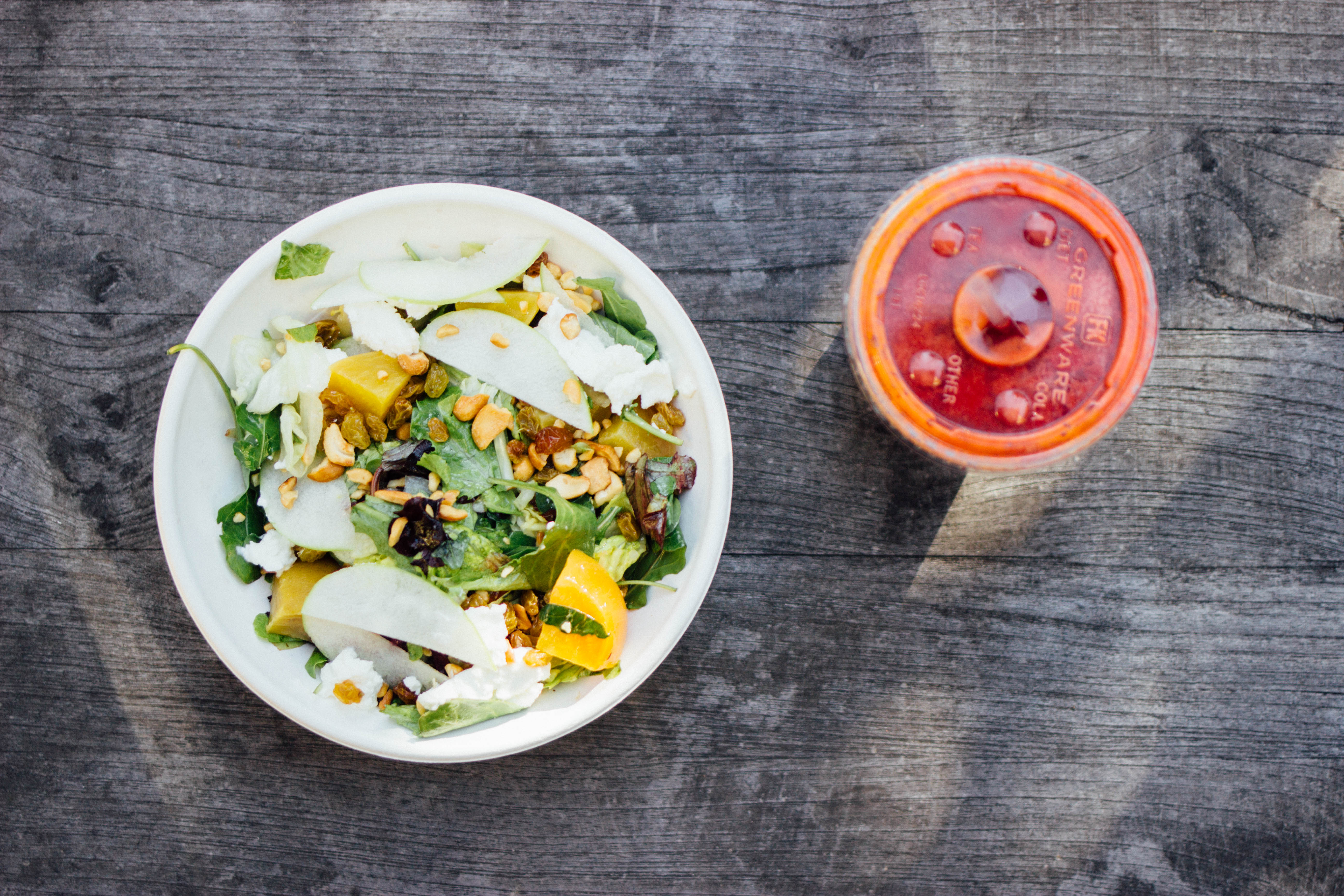
You’re really better off choosing an apple with organic peanut butter, a hard-boiled egg, avocado toast, or veggies and hummus for your afternoon snack. The extra 90 seconds it takes to chop up a handful of vegetables is definitely worth it for the nutritional benefits you’ll net.
If you’re truly on the go all day and can’t tote that around, even a baggie of nuts and string cheese in your purse or laptop bag will do the trick.
If you HAVE to grab a bar, look for something with less than 8 grams of sugar and a shorter list of ingredients. But don’t rely on them and end up missing the micronutrients your body needs from real food.
#3. Juices
I’m not really a fan of juicing. At least not the way most people consume juice. Now, there are true vegetable juices, but most of the ones that are packaged and highly marketed don’t have a very high vegetable content.
Naked Juice’s “Green Machine” juice has 53 grams of sugar a bottle—the equivalent of 2 candy bars.
And that’s their vegetable juice!
Oh, then there’s the fact that Naked Juice is produced from Pepsico, the company that also manufactures Pepsi products.
Now, this is where some of you are getting smart.
“But, Mariah, most of that sugar is natural. It’s from fruit! So that makes it okay, right?”
I do think natural sugars are better than processed sugars, but probably not for the reason you think they are.
There are nutritional benefits in fruit, of course.
However, the body is not evolved to handle that much sugar all at once. We didn’t evolve to throw back orange juice from a carton. It’s not accompanied with the fiber that a normal piece of fruit would have, or normal vegetable, so the body absorbs it differently than if you were taking in a whole piece of fruit, or the whole vegetable.
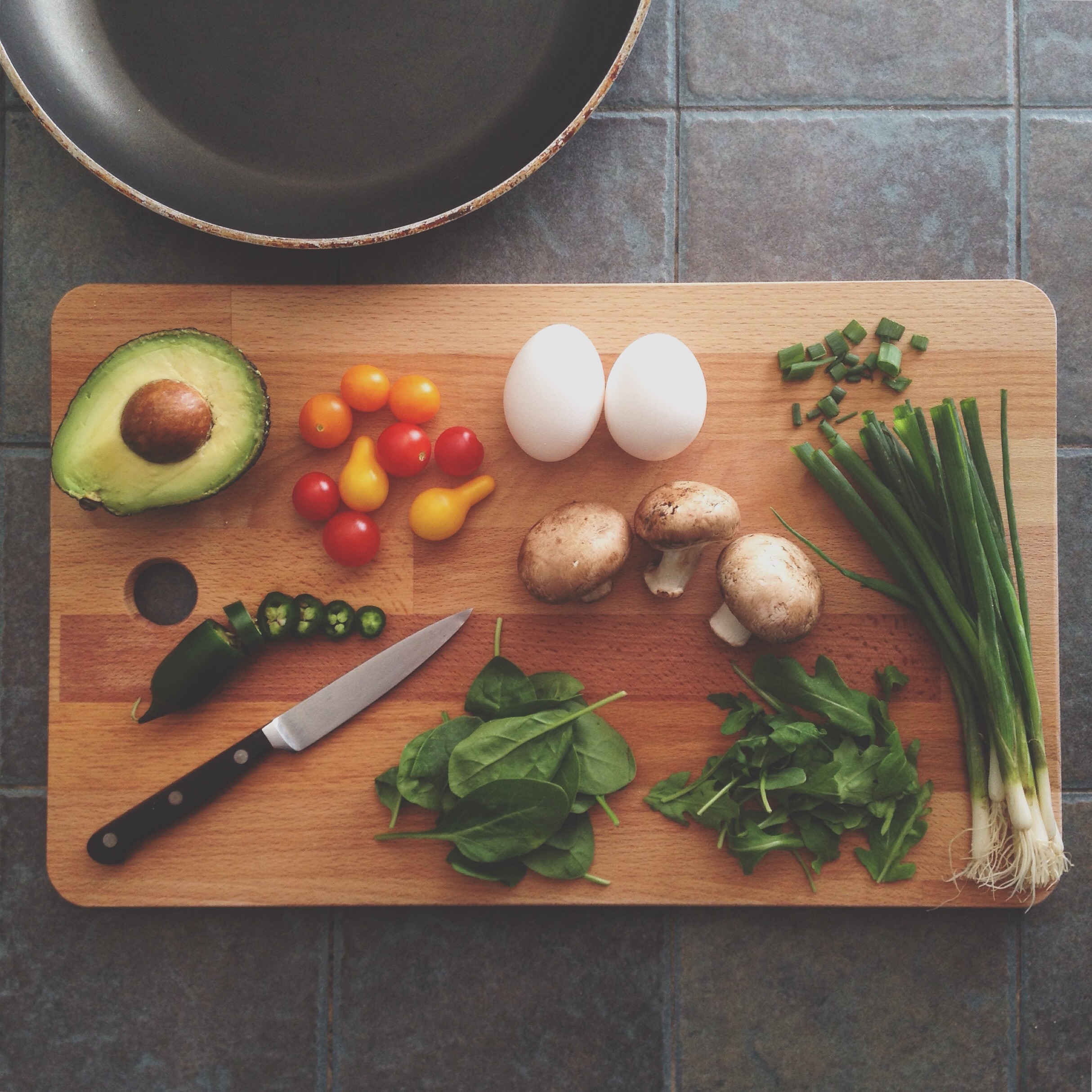
When you take in a high concentration of sugar—even fructose, the kind of sugar found in fruit—your body’s insulin spikes. It expects to use the sugar right away as quick energy. But if you’re following up your morning OJ with 3 hours on social media, rather than running away from a bear (which your body expects from an evolutionary perspective), the sugar gets shuttled away to storage in your fat cells.
The only time your body might benefit from that much sugar is if you’re competing in endurance sports, where you’ll utilize the sugar right away.
A good alternative to juices are smart smoothies.
I say “smart,” because how you make them matters. But generally, using a blender to use the whole fruit and vegetable is going to include the other key components such as the skin, fiber, etc.
It’s also not extracting the juice from, say, 30 apples and compressing it into one sugary glass. The sugars are far less concentrated when you take up volume in your glass with the other components of the fruit or vegetable.
But be smart about it by avoiding using juice as your liquid base (opt intead for milk, non-dairy milk, green tea, or even coffee)!
Also, I do think there is such a thing as overdoing fruit consumption at one sitting.
I’m not one of those people that says not to eat fruit at all, because I think the nutrients in there are so important to our micronutrient-starved bodies.
If it grew directly from the earth, chances are likely that it’s good for you.
But just be careful to balance our your fruit smoothies with some greens and vegetables, especially in the morning.
Avoiding carbohydrates in the morning gives your body a chance to process the carbohydrates from the day before. (Fruit, by the way, has carbohydrates.)
Quick science lesson… The body will not burn fat for energy until it is depleted of its carbohydrates stores. It takes about 12 hours for the body to process carbohydrates. So if you had your last meal at 7pm the night before, and then get up at 7 AM and have a fruit smoothie with bananas, apples, and mango, and use a juice base on top of that, then you won’t ever give your body a chance to enter into fat-burning mode.

#4. Natural Sweeteners
Similar to fruit, we want understand the impact that other natural sweeteners have on the body.
Take honey, for example. Honey is seen as very wholesome.
Now, it’s true that honey is not going to include the same garbage as artificial sweeteners or refined cane sugar. It does have some beneficial nutritional properties.
For example, local raw honey can be a good antidote to allergies. My doctor actually recommended that I start taking local honey when it’s allergy season, so that my body has a chance to build resistance to the pollen in the air.
So, for me, it might make sense to add some honey in my diet during allergy season, because there are some nutritional benefits to it.
What you want to understand, though, is that if you’re trying to lose weight–honey is still sugar, will still spike your insulin, and will still send that un-used energy to fat storage.
Agave nectar is a released a little bit more slowly into your system, which can be a touch better for weight-loss than honey or other natural sweeteners like coconut sugar or maple syrup.
But overall, sugar in your system in highly concentrated amounts is still going to lead to weight-gain
Stevia is a curious one that’s still under scrutiny. Stevia does not have any calories, so it wasn’t original thought to spike your insulin.
However, many studies now are showing that the body is so intuitive, that when it perceives sweetness, it responds to any sweet stimuli the way it would to a real sugar. (This applies to diet sodas, too.)
Stevie appears to be the best natural sweetener, given what we know. So if you’re trying to wean yourself off a lot of sugar, it’s going to be healthier than refined sugar. But just don’t go crazy with it and think that it’s not going to have any effects in the body.
#5. Egg Whites
No, egg whites are not bad for you.
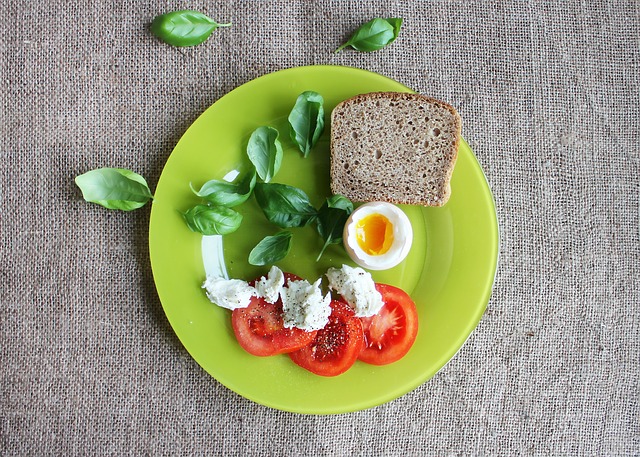
BUT, there’s a misconception that choosing egg whites is healthier than whole eggs, and that has been proven untrue by virtually all scientific inquiries over the past 10 years.
So there’s an opportunity cost when you order your egg white omelets, or fix egg whites and veggies for breakfast.
The yolk is actually shown to be the most nutritious part of an egg.
In fact, consuming good, high quality, natural sources of fat (like egg yolks) are one of the best things we can give our brain.
In addition to dietary fat, so many nutrients are found in that little egg yolk–Vitamin A, vitamin D, vitamin E, folate. etc. It’s actually very, very high in folate, which is a critical nutrient recommended by every OBGYN to anyone who’s pregnant, about to become pregnant, or nursing.
The yolk also contains choline, which is essential for brain function, liver function, energy, and even metabolism!
So, to have a good metabolism and lost weight, you actually want to be adding those egg yolks back in. Egg yolks are also a source of iron, protein, and antioxidants. So, don’t be afraid to add those egg yolks back in.
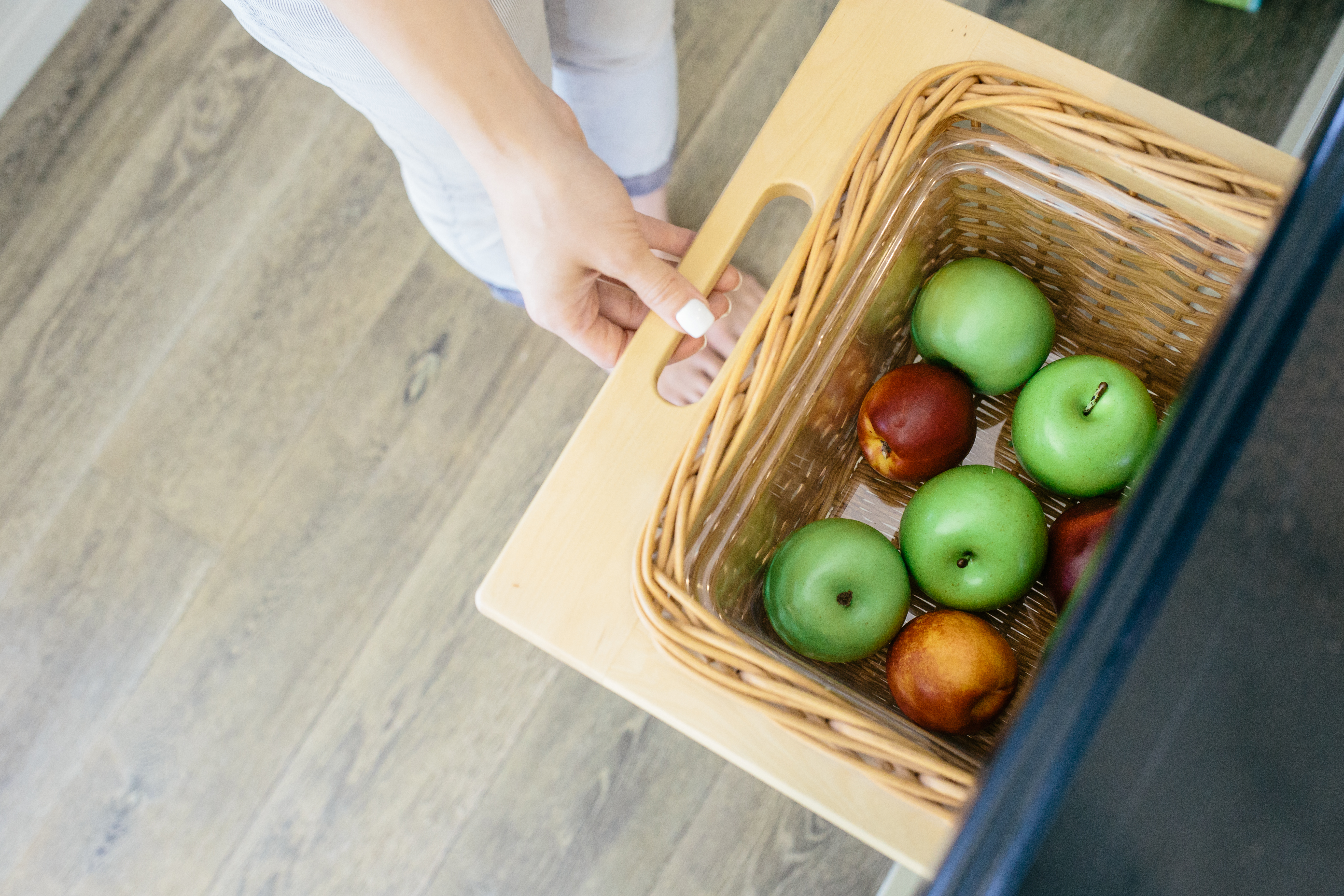
So, I gave you a list of things you shouldn’t eat. And I’ll give you a list of what you should add back in.
In general, obviously whole foods are best. Real foods are always better than food that has labels.
If you have to have a food with a label on it, let’s just reiterate that short labels (i.e. with words you can pronounce) are always a safer bet.
We want to be fueling or body with primarily real food. And if you’re going to indulge, indulge in the good stuff! Food starts to lose its power if we play into those indulgences a little bit. So, I’d rather save up those calories for something good!
I don’t want you to become super strict or paranoid with every bite you put in your mouth. But I do want you to be educated and aware so you can make the best choices for you, especially if you’re trying to lose weight and have been frustrated that you’re eating healthy foods, but not really seeing the results that you like.
Put these swaps to the test, and let me know how it goes!
Meanwhile, download my Free Breakfast Recipe Guide below for 4 weeks worth of energizing, make-ahead breakfasts that are low-carb, high-protein, and can be made ahead for the week in 10 minutes or less!





